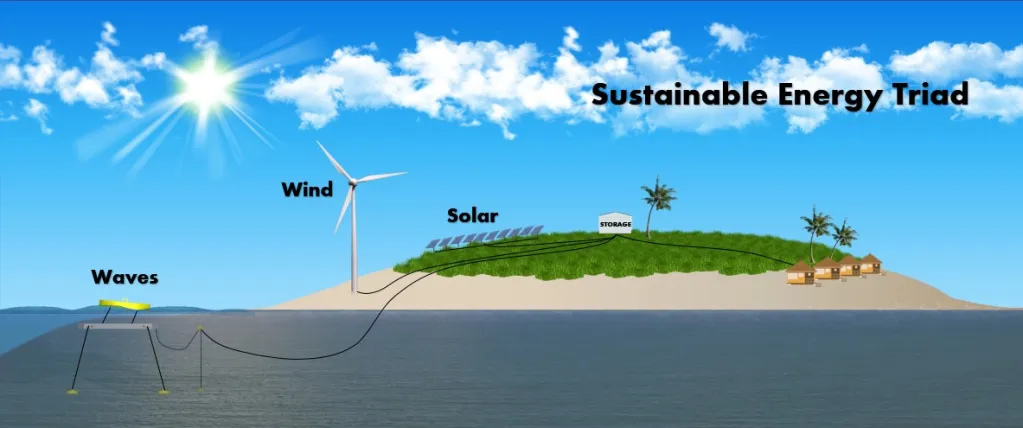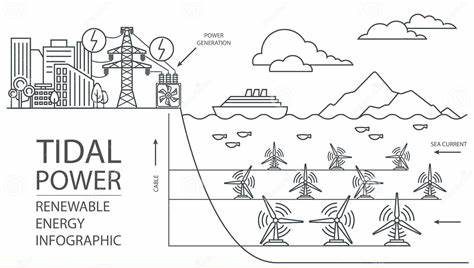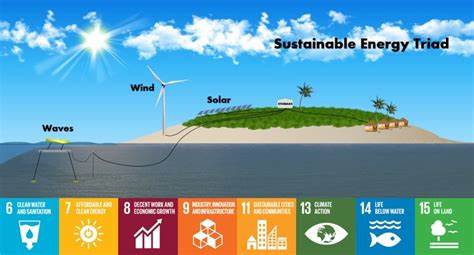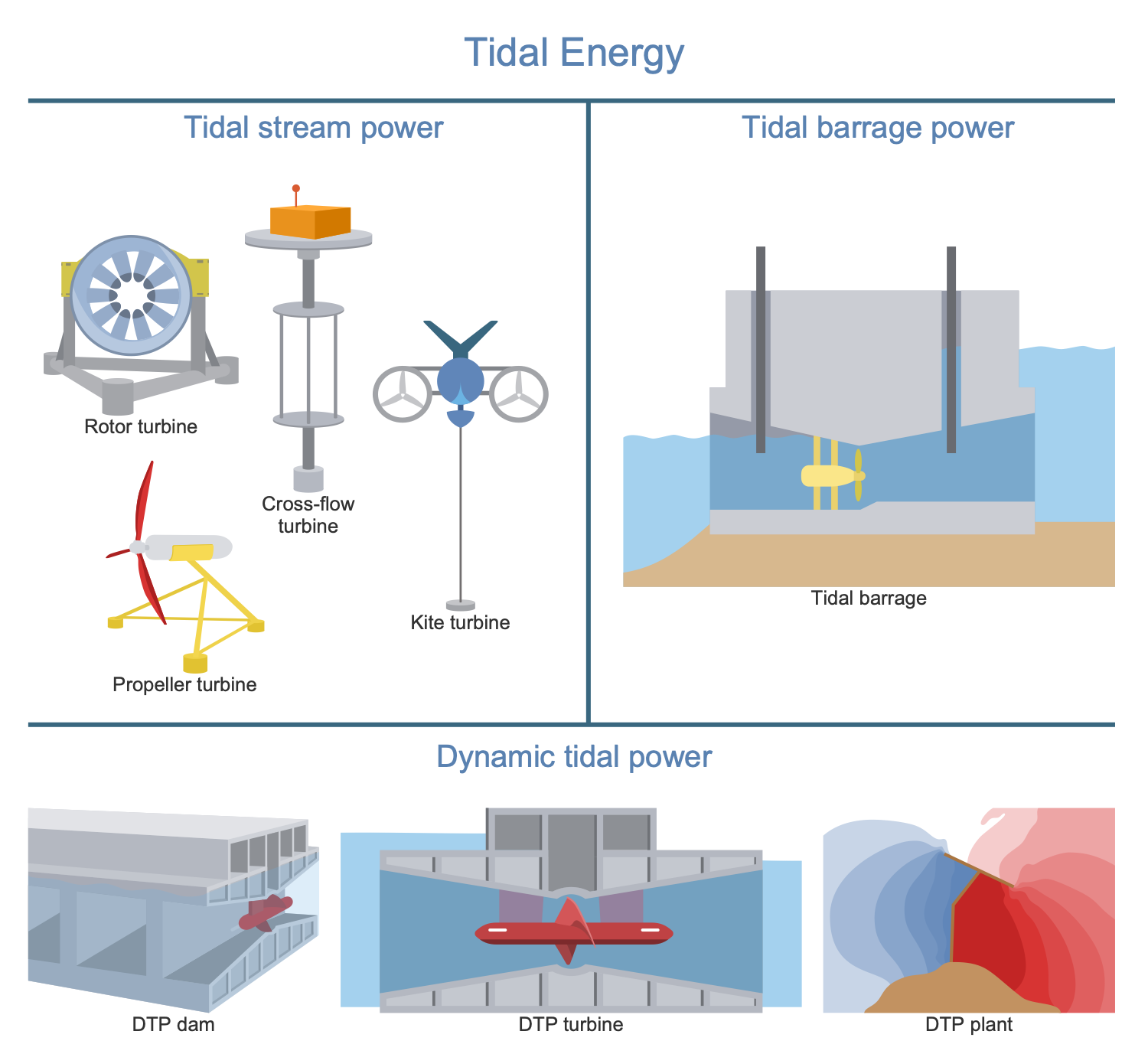
Importance of Wave and Tidal Energy in a Green Economy
Introduction
Wave and tidal energy are crucial components of a green economy and are instrumental in addressing the challenges posed by climate change. This article aims to provide a comprehensive overview of the historical background, key concepts, main discussion points, case studies, current trends, challenges, and future outlook of wave and tidal energy. By understanding the importance and potential of these renewable energy sources, we can work towards a sustainable future that prioritizes environmental conservation and social inclusivity.
Historical Background
The utilization of wave and tidal energy dates back centuries, with early civilizations harnessing the power of ocean currents and waves for various purposes. However, significant advancements in technology have been made in recent decades, allowing for the capture and conversion of this energy into usable forms. From the early experimental devices to the current state-of-the-art systems, the evolution of wave and tidal energy technologies has been remarkable.
Key Concepts and Definitions
Wave and tidal energy refer to the kinetic energy present in ocean waves and tidal currents, respectively. In the context of the Green Economy, these renewable energy sources play a vital role in achieving sustainability and reducing carbon emissions. The Green Economy concept entails an economic system that aims to promote environmental sustainability and social inclusivity. By incorporating wave and tidal energy into the Green Economy, we can move towards a cleaner and more sustainable energy mix that minimizes our reliance on fossil fuels.

Main Discussion Points
Environmental Benefits of Wave and Tidal Energy
Compared to conventional fossil fuel-based energy sources, wave and tidal energy offer significant environmental benefits. By reducing our dependence on fossil fuels, wave and tidal energy contribute to decarbonization efforts, helping to mitigate climate change. Furthermore, these renewable energy sources have a minimal environmental impact, especially when compared to other forms of renewable energy such as wind and solar. They also aid in the preservation of marine ecosystems and biodiversity by mitigating the negative effects associated with traditional energy generation.
Economic Impacts of Wave and Tidal Energy
In addition to the environmental benefits, wave and tidal energy have significant economic implications. The development of this sector creates green jobs and economic opportunities, contributing to the overall growth of the green economy. Coastal communities, in particular, stand to benefit from wave and tidal energy projects, as they provide opportunities for local economic development. Moreover, the adoption of wave and tidal energy can contribute to energy independence and reduced energy costs, enhancing the overall economic stability of regions.
Technological Advancements and Innovations
The field of wave and tidal energy is witnessing continuous technological advancements and innovations. Current wave and tidal energy technologies range from offshore floating devices to underwater turbines, each tailored to efficiently capture and convert the energy from waves and tides. Recent advancements have focused on improving the efficiency and reliability of these technologies, as well as reducing their costs. As research and development continue, there is immense potential for further cost reduction and increased efficiency through technological innovation.

Integration of Wave and Tidal Energy into Existing Energy Systems
Integrating wave and tidal energy into existing energy systems presents both challenges and opportunities. One of the major challenges lies in the grid integration of these intermittent energy sources. However, with advancements in energy storage technologies, such as batteries and pumped hydro storage, the intermittent nature of wave and tidal energy can be mitigated. Additionally, the coexistence of wave and tidal energy with other renewable energy sources, such as wind and solar, can create a more robust and reliable energy system. The integration of wave and tidal energy into existing energy systems has the potential to enhance grid stability and provide a more sustainable energy mix.
Case Studies or Examples
The European Marine Energy Centre in Orkney, Scotland, serves as a notable case study for the development and testing of wave and tidal energy devices. This facility provides a platform for researchers and developers to test their technologies in real-world conditions. Another significant project, the MeyGen Tidal Energy Project in Scotland, is one of the world’s largest tidal energy projects, aiming to harness the power of the Pentland Firth. Australia’s coastline is also witnessing numerous wave and tidal energy projects, showcasing the global efforts in harnessing the potential of these renewable energy sources.
Current Trends or Developments
Recent years have witnessed numerous projects and installations worldwide, indicating the growing interest in wave and tidal energy. Research findings have contributed to advancements in wave and tidal energy technologies, leading to increased efficiency and reliability. Moreover, government policies and incentives have played a crucial role in supporting wave and tidal energy development, further driving the growth of this sector.

Challenges or Controversies
While wave and tidal energy offer immense potential, there are challenges and controversies associated with their implementation. Environmental concerns, such as the potential impacts on marine ecosystems, need to be carefully addressed through effective planning and monitoring. Additionally, the high initial costs and financial risks associated with wave and tidal energy projects pose challenges to their widespread adoption. Competing interests and conflicts with other marine activities, such as fishing and shipping, also need to be taken into consideration during project planning and implementation.
Future Outlook
The future outlook for wave and tidal energy is promising. With ongoing technological advancements, the scale-up and commercialization of wave and tidal energy are becoming increasingly feasible. The forecasted growth and market potential of these renewable energy sources are expected to contribute significantly to the global energy transition. By embracing wave and tidal energy, we can accelerate progress towards achieving climate goals and building a sustainable future.
Conclusion
In conclusion, wave and tidal energy play a vital role in a green economy. The environmental benefits, economic impacts, technological advancements, and integration potential make them crucial in our pursuit of sustainability. Through case studies, current trends, and discussions on challenges and controversies, we can gain a comprehensive understanding of the importance and potential of wave and tidal energy. By embracing these renewable energy sources, we can actively contribute to a greener future that prioritizes environmental conservation and social inclusivity.




